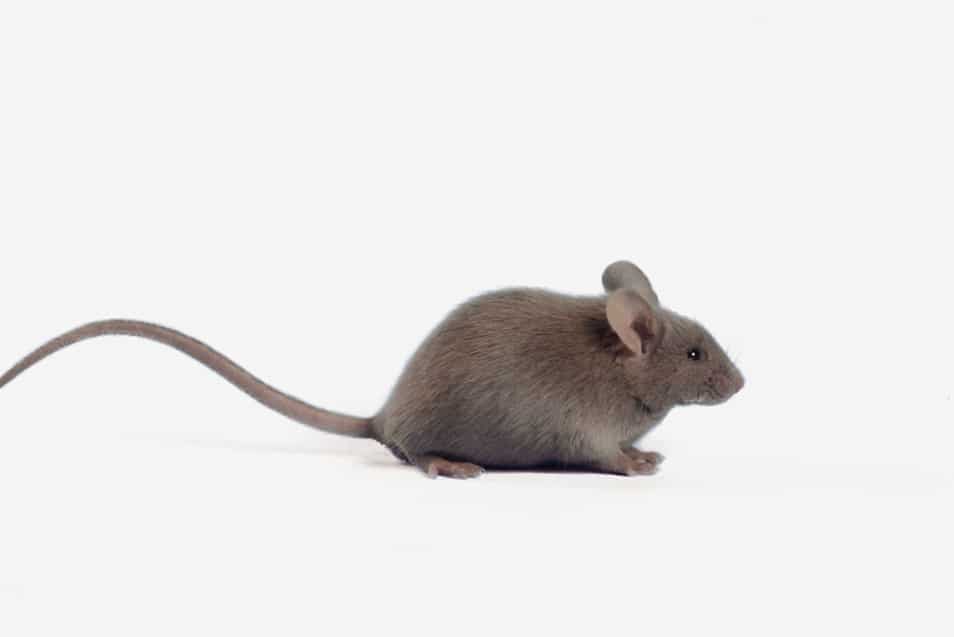DBA/1 Mouse


Model characteristic
Type:
Inbred mouse
Strain name:
DBA/1JRj
Origin:
Colour and related genotype:
Dilute brown mouse, a/a, Tyrp1b/Tyrp1b , Myo5ad/Myo5ad - MHC: Haplotype H2q
Breeding:
Difficult to rear (poor lactation)
Description of our model and application areas
The DBA is the oldest of all inbred strains of mice. Its story begins in 1909 when Dr. CC LITTLE began inbreeding and selecting for coat color. From 1929 until 1930 crosses were made among substrains, and several new strains were established including DBA/1 and DBA/2.
DBA/1 and DBA/2 differ at a large number of loci including the MHC (Major Histocompatibility Complex) H2 Haplotype. This heterozygosity is most likely a result of residual heterozygosity in the strain when the substrains were separated. DBA/1JRj is widely used as a model for rheumatoid arthritis. Immunisation with type-II collagen results in severe autoimmune polyarthritis. The rates of induced arthritis vary depending on chosen protocol but remain inferior to 100%. This collagen-induced arthritis leads to the same complications as in humans; there is synovial inflammation, cartilage and bone erosion. Furthermore, as is the case with humans, the sensitivity is linked to the expression of molecules belong to the MHC H2 haplotype.
DBA/1Rj mice have a moderate sensitivity to the development of atherosclerotic lesions of the aorta following an atherogenic diet. Old breeders heart and tongue calcification with age. Females can develop mammary carcinomas.
Important notice: This strain is homozygous for the Cdh23ahl mutation which leads to age-related hearing loss. Its expression on a DBA/1 background results in progressive hearing loss with onset after 10 months of age.
Main application and research fields
Growth curve
The growth curve represents an average which reflects the weight variation of the strain measured between 21 and 84 days for males and females.


Reproductive data
Bigamous mating


You may also be interested in these models
Warning: Illegal string offset 'title' in /home/deca3005/janvier-labs.com/html/wp-content/themes/oceanwp-child-theme-master/single-fiche_produit.php on line 921
Voir tous les modèles de recherche




